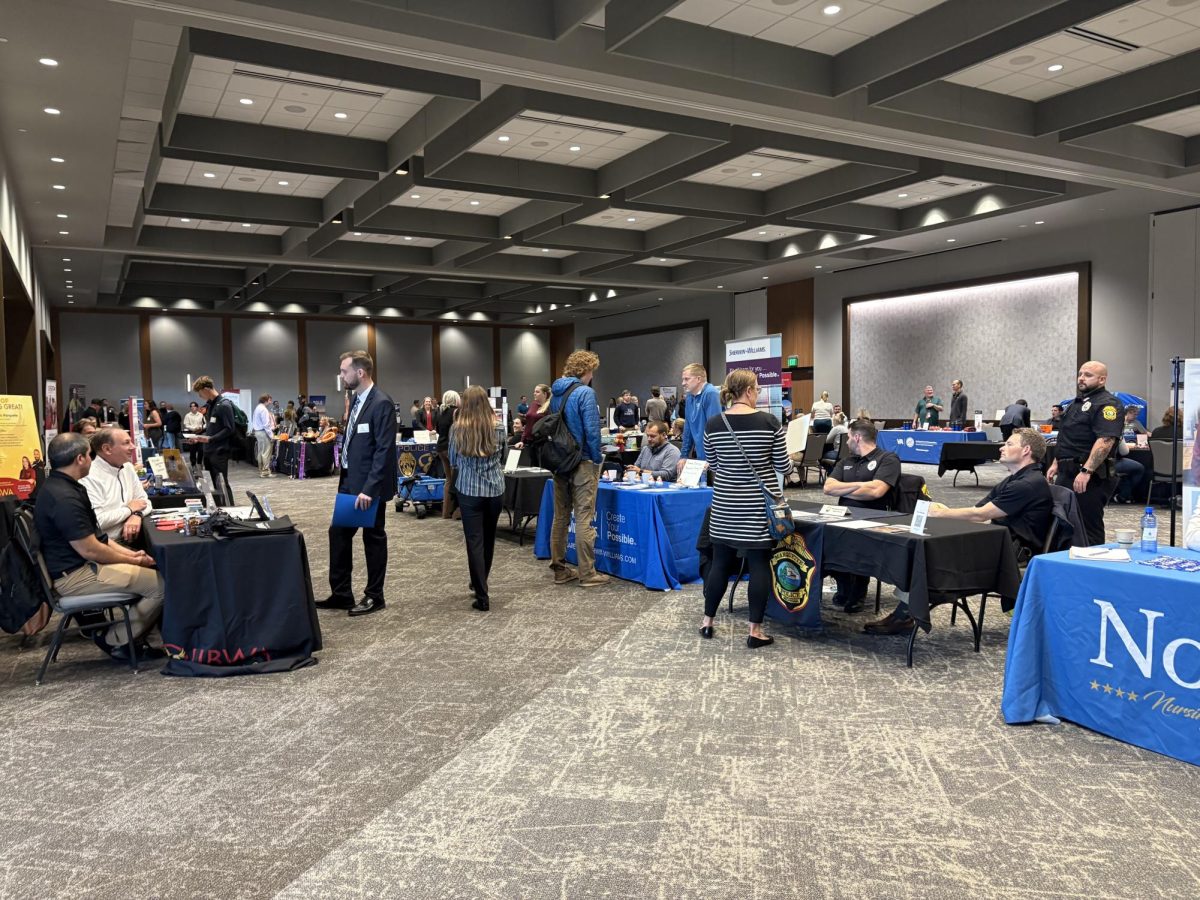NMU, Northern Initiatives and the Marquette Food Co-op are coming together to help local farmers enhance the quality of their crops with the use of a solar greenhouse, also known as a Hoop House, while simultaneously providing a variety of opportunities for students.
“(The Hoop House) is a living classroom both for local, prospective growers and has direct benefits to students as well,” said Christine Rector, director of regional strategies at Northern Initiatives, a non-profit group based out of Marquette.
For farmers, the Hoop House will illustrate how a similar greenhouse can be used to extend their growing season, making it possible for local products to be more plentiful and available in Marquette throughout the year. Also, NMU students in the science to the culinary arts departments will be able to participate in the Hoop House which is located in the field West of the Jacobetti Center.
“It has the potential to actually pull in those students from the hospitality management or culinary department to learn how to use local growers and learn the benefits of locally grown products,” Rector said about what the plants might be used for.
Northern Initiatives began searching for a grant less than a year ago to support the Hoop House after collectively deciding to encourage a better local food supply. Rector said she hopes that the Hoop House will increase volume of production and help Marquette farmers serve a larger market. It will also provide as an example showing crops planted in the dirt floor and eventually harvested for university use.
Though the Marquette Food Co-op will manage what is planted and when in the Hoop House, Northern will have involvement in a number of ways. A student manager will be hired this winter, the alternative energies department will help create technology to power the house, the biology and chemistry departments will use the Hoop House as an opportunity to host labs and the construction management department helped construct it.
“On the surface, you wouldn’t think that the construction management students would really have anything to do with the Hoop House, and yet these are the guys who are building it for us,” said Jim Thams, assistant director of engineering and planning, who helped prepare the land for the Hoop House which was constructed last Saturday, Oct. 3.
Thams said that work in the Hoop House will begin this week, and throughout the year basic work will be done to make the soil as rich as possible. In the meantime, options for what crops to plant will be considered and then planted in March or April.























